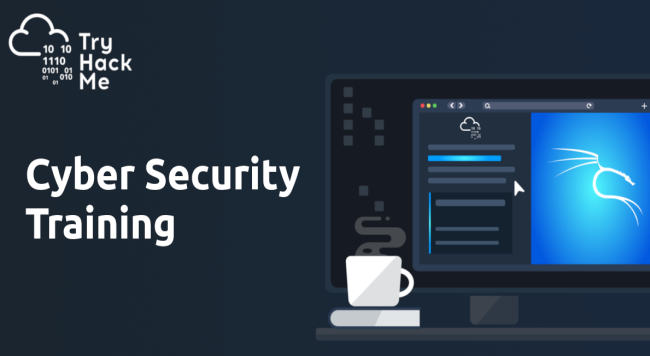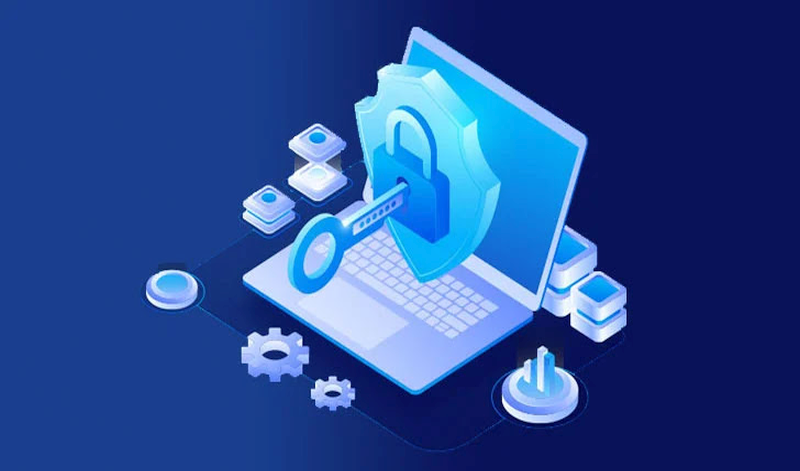09.12.2021
Flash > Adobe Flash Player

Adobe Flash Player is a multimedia platform used to add animation, video, and interactivity to Web pages. Flash is frequently used for advertisements and games. This wiki page describes how to install the Adobe Flash Player, formerly known as the Macromedia Flash Player, on Debian systems. This page serves as the homepage of the Debian package flashplugin-nonfree.
End User License Agreement of the Adobe Flash Player
The newest versions of the Debian package flashplugin-nonfree have this warning in the package description:
WARNING: Installing this Debian package causes the Adobe Flash Player to be downloaded from www.adobe.com. The End User License Agreement of the Adobe Flash Player is available at www.adobe.com.
Installation
Ensure your /etc/apt/sources.list file includes the contrib section ( for more information see sources.list )
Install flashplugin-nonfree (from section contrib):
apt-get install flashplugin-nonfree
Upgrade
How to update the Adobe Flash Player:
update-flashplugin-nonfree --install
Supported browsers in Debian
Unsupported browsers
- Chromium
Bug reporting
If you find a problem with flashplugin-nonfree, then you are most welcome to report it in the Debian bug tracking system.
However, we cannot modify the Adobe Flash Player to fix problems in Debian. So if you find a problem with the Adobe Flash Player, then please report it to Adobe.
If you have found a workaround for a problem, then you are welcome to add an entry in the “troubleshooting” section below. (Please here no instructions for alternative ways to install the Adobe Flash Player.)
Troubleshooting
Proxy : The package flashplugin-nonfree has “its own internal solution” for caching the big .tar.gz downloaded from Adobe. Downloading fp10.*.pgp.asc is not cached by flashplugin-nonfree. My advice is to never use a caching proxy with flashplugin-nonfree, because a retrieval of fp10.*.pgp.asc from cache might result in a security update to be installed later than it should. If you must use a proxy because you have no direct way to the internet, then obviously you have no choice than to use the proxy. Then this should work:
http_proxy=http://my.proxy.intranet:8080/ apt-get install flashplugin-nonfree or https_proxy=http://my.proxy.intranet:8080/ apt-get install flashplugin-nonfree Also this should work: http_proxy=http://my.proxy.intranet:8080/ update-flashplugin-nonfree --install or https_proxy=http://my.proxy.intranet:8080/ update-flashplugin-nonfree --installOr, with a different environment variable than http_proxy, see: http://www.gnu.org/software/wget/manual/html_node/Proxies.html
Remember that if you need the Flash Player to work with pulse, you can ask libasound to do so in your
~/.asoundrc: pcm.pulse { type pulse } ctl.pulse { type pulse } pcm.!default { type pulse } ctl.!default { type pulse }To verify the Adobe Flash Player version number installed on your system, access the About Flash Player page, or right-click on content running in Flash Player and select “About Adobe (or Macromedia) Flash Player” from the menu. If you use multiple browsers, perform the check for each browser you have installed on your system. (Source: Flash player security bulletins). Flash Player 11.2 is the last supported Flash Player version for Linux. Adobe will continue to provide security updates. (Source).
Adobe dropped support of processors without SSE2 on Linux (you can check with “grep ^flags /proc/cpuinfo” the letters “sse2” should be in the list) in an early point release of Flashplayer 11. The player will install, but then crashes when it is invoked. This mostly affects older 32bit AMD processors. You can install Flashplayer 10 from Adobe, see 697339.
In case the plugin causes high cpu-usage, you can try this: create /etc/adobe/mms.cfg:
# Adobe player settings AVHardwareDisable = 0 FullScreenDisable = 0 LocalFileReadDisable = 1 FileDownloadDisable = 1 FileUploadDisable = 1 LocalStorageLimit = 1 ThirdPartyStorage = 1 AssetCacheSize = 10 AutoUpdateDisable = 1 LegacyDomainMatching = 0 LocalFileLegacyAction = 0 AllowUserLocalTrust = 0 # DisableSockets = 1` OverrideGPUValidation = 1
Hardware video decoding was considered experimental in FP 10.3 and is not supported in FP 11 for stability reasons and can cause crashes. It is not documented in official Flash Player Admin Guides. Enable at user discretion.
EnableLinuxHWVideoDecode = 1
Otherwise, a solution for users on netbooks with an accelerated video card as Intel 945GM and Atom CPU is to downgrade to FP10, in this way you can use again the GPU acceleration features instead of wasting CPU. But this is not recommended since Adobe will only provide security updates for FP 11.2.
- Fluent playback with Iceweasel is possible, replace the above options with the below options. This should permit for fluent HD playback with hw acceleration ( or no hw acceleration ) in the browser, except for full-screen HD depending on your machines capabilites.
AssetCacheSize = 50
LocalStorageLimit = 5
- If your Chromium or Google Chrome browser window is flickering, blinking constently on some webpages, this issue is cause by Flash player, the following steps might fix that issue.
- Using your browser view any webpage containing a flash video
- Right click on the video, select “Settings” option, uncheck “Enable hardware acceleration” option
- Close your browser, reopen it, right click on the video, select “Settings” option, check “Enable hardware acceleration” option
See Also
External Links



